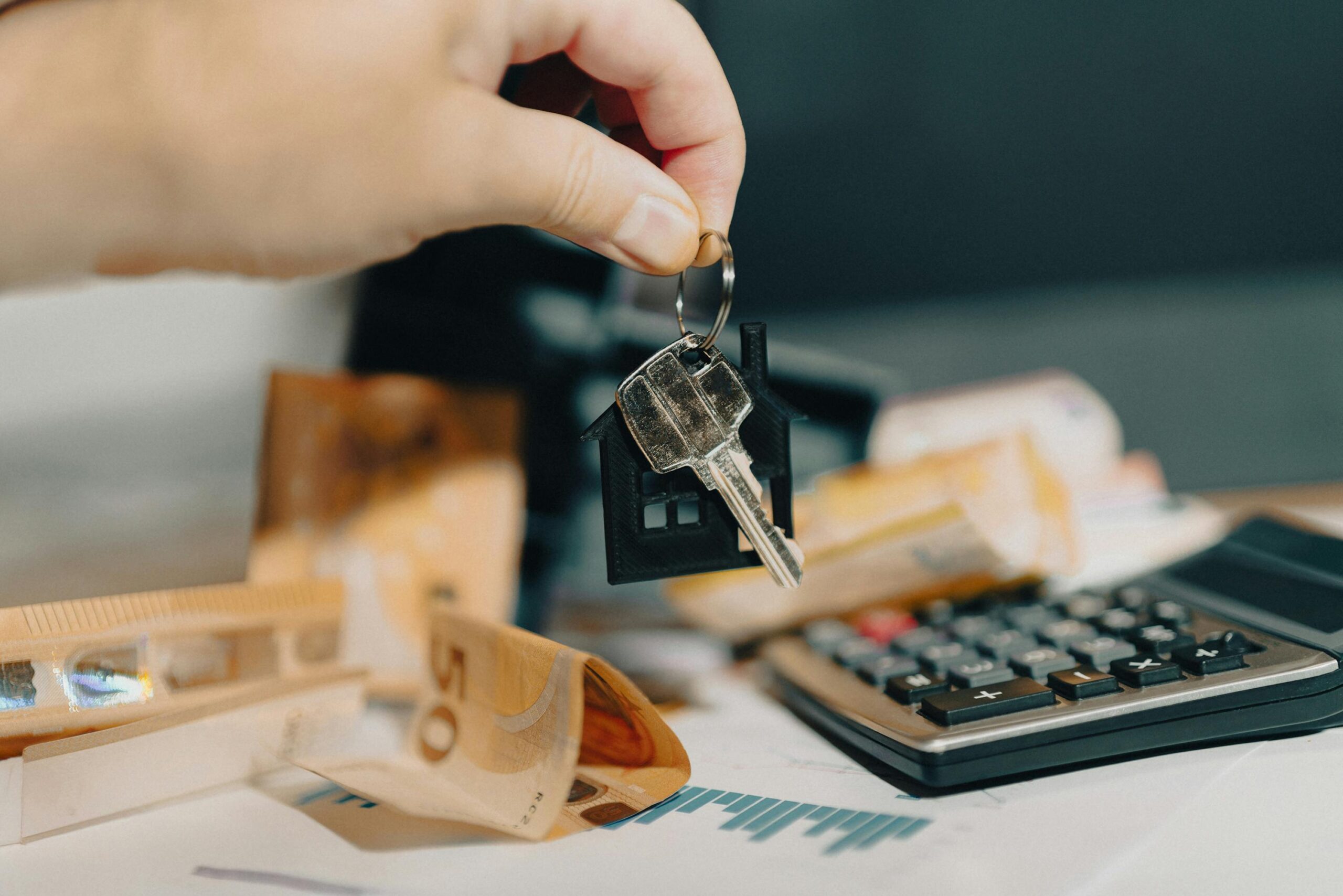They Don’t Warn You About This Part of Homeownership
You made it. The keys are in your hand, the boxes are unpacked (well, mostly), and the mortgage paperwork is finally behind you. But just when you thought the financial stress was over—bam! Surprise bills start showing up. A tax adjustment here. A $300 utility deposit there. A broken water heater? Of course, that too.
If you’re feeling blindsided, you’re not alone. Many new homeowners breathe a sigh of relief after closing day, only to be hit with a new wave of unexpected expenses. And the worst part? Lenders and realtors rarely talk about them upfront.
But here’s the good news: once you know what to expect, you can prepare and protect your budget before the chaos begins. So let’s pull back the curtain on seven sneaky post-closing costs—and what you can do to stay ahead.
Let’s get into it.
1. Property Taxes That Aren’t Fully Disclosed
You may have budgeted for your mortgage, but your property taxes? That’s where many new homeowners get tripped up. At closing, lenders estimate your annual taxes based on past values—but if your home was recently purchased, a reassessment is likely on the way. And that can mean a sharp increase in what you owe.
In some provinces and U.S. states, homeowners receive a supplemental tax bill months after closing. It’s not a mistake—it’s just how local governments catch up based on your home’s current market value.
Solution:
Call your city or county assessor and ask how and when new assessments are calculated. Budget for at least a 15–20% increase in your tax estimates if your purchase price was significantly higher than the previous owner’s.
2. Utility Setup and Deposits
It’s easy to forget that turning on the lights isn’t always free—especially when it comes with connection fees. New accounts for gas, electricity, water, garbage collection, and internet often require security deposits or activation charges, particularly if you have little or no utility history.
Some providers will waive these fees with a credit check, but many charge up front regardless. And if you’re moving during a high-demand season (like summer), costs can spike even more.
Solution:
Call each provider before move-in and ask for a full list of expected charges. Add an extra $300–$500 buffer for one-time fees. If possible, transfer existing accounts rather than starting new ones to reduce deposits.
3. Home Maintenance and Repairs
Even brand-new homes can surprise you with early repair costs. Maybe the air conditioner goes out during a heatwave, or the roof leaks during the first storm. These aren’t “if” situations—they’re “when.”
According to industry experts, homeowners should plan to spend 1% to 4% of their home’s value on maintenance annually. That’s $3,000 to $12,000 on a $300,000 home. It adds up fast.
Solution:
Start a dedicated home maintenance fund the day you move in. Set up automatic transfers—$100/month is a good start. Also, get a home inspection report and use it as your guide to what’s likely to go first.
4. Landscaping and Exterior Work
The inside might be turnkey, but the outside? That’s often another story. Bare patches, overgrown hedges, crumbling fences, and poor drainage can turn your “dream home” into a landscaping project you didn’t see coming.
Even minimal improvements like sod, mulch, or privacy trees can run hundreds or thousands of dollars. And if your property needs grading, tree removal, or erosion control, costs escalate fast.
Solution:
Break your landscaping goals into phases. Focus first on safety (trip hazards, poor drainage), then functionality (grass, fences), and finally aesthetics (plants, decor). Local nurseries often offer free consultations—take advantage.
5. HOA Fees and Special Assessments
If you bought a home or condo governed by a homeowners association (HOA), you’re likely aware of the monthly fees. But what’s not always discussed are special assessments—extra charges the board can levy when unexpected expenses arise.
Maybe it’s a crumbling walkway, a lawsuit, or major roof repairs. And no, you can’t opt out. If you own in the neighborhood, you pay.
Solution:
Review the HOA bylaws and budget in detail before you buy—and keep copies. Look for notes about reserve funds (or lack thereof) and any recent or upcoming assessments. Ask neighbors if any “surprise” charges have occurred in recent years.
6. Tools and Equipment You Never Needed Before
You used to call the landlord when the sidewalk iced over or the lawn got too high. Now, it’s all on you. Welcome to the world of snowblowers, lawnmowers, garden hoses, shovels, rakes, toolkits, and maybe even a wet/dry vacuum.
Even if you don’t mind the labor, these tools cost money—and they’re often needed right away. It’s not uncommon for new homeowners to drop $1,000+ on basic gear in their first few months.
Solution:
Inventory what you already own and borrow before you buy. Check for tool lending libraries in your city, or go in on big-ticket items with a neighbor. Local buy-and-sell groups are also goldmines for secondhand gear.
7. Moving, Furnishing, and “Finishing Touches”
The day you get your keys is when the real spending begins—curtains, paint, rugs, shelves, lightbulbs, toilet paper holders. Even with the basics covered, most homes take 6–12 months to feel “complete.”
And furnishing a new space often reveals gaps: an extra bed for guests, more lighting for your office, or just realizing that your old couch looks miniature in the new living room.
Solution:
Resist the urge to finish everything at once. Create a room-by-room plan and budget each one individually. Use painter’s tape to outline furniture before buying, and sleep on every purchase—literally. Time reveals what you truly need.
Final Preparation Tips
Let’s pull it all together. These post-closing costs might feel like landmines, but with the right planning, you can dodge every one of them. Here’s how:
- Start a “New Home Buffer Fund” separate from your emergency savings
- Use sinking funds for irregular or seasonal costs (like snow removal or summer lawn care)
- Accept the learning curve—some surprises are inevitable, but they’re also solvable
- Check in monthly: Adjust your budget for new costs, track how your spending changes, and tweak as needed
What You Don’t See Coming Is What Hurts the Most
There’s a quiet kind of stress that creeps in when the bills keep coming, and no one told you to expect them. You might be wondering if you made a mistake, if you budgeted wrong, or if you’re just not cut out for homeownership. Let me stop you right there—you’re doing just fine.
No one hands you a manual for the “real” cost of owning a home. But today, you’ve built something better: awareness. And awareness leads to action. By budgeting smarter, building buffers, and facing these hidden costs head-on, you’re stepping into your role not just as a homeowner—but as a financial protector of your future.
So don’t let the surprises scare you. Let them sharpen your instincts and deepen your resilience. You’ve got this. And the home you’ve worked so hard for? It’s worth every ounce of preparation.
great article!





Leave a Reply